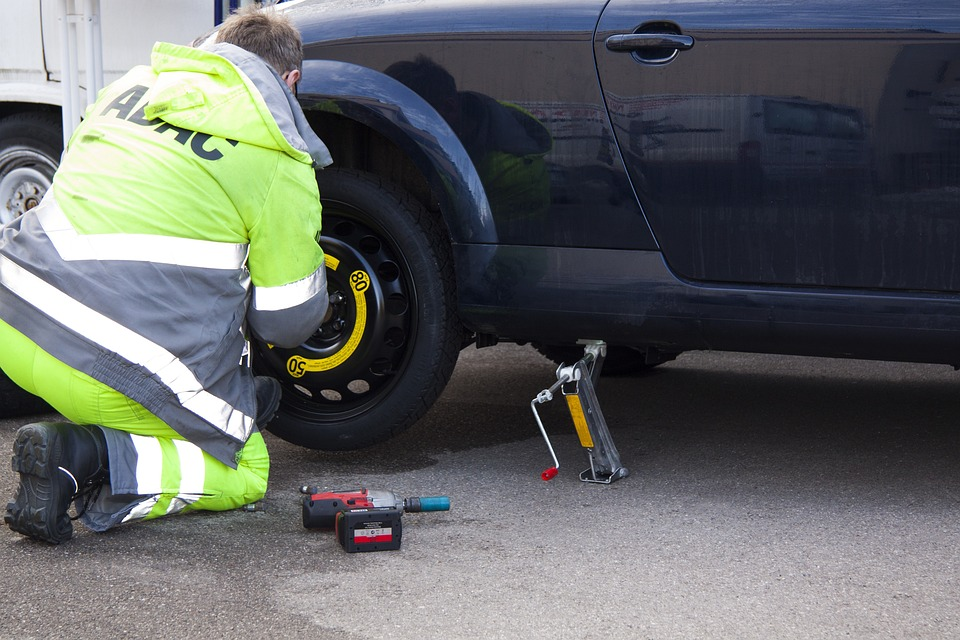An object that is sinking will have a net downward force due to gravity being stronger than the buoyant force on the object. And an object at rest at the bottom of a fluid will have the force of gravity countered by a combination of the buoyant force and the normal force. Since the gas bubble https://traderoom.info/ is lighter than the surrounding liquid, the buoyancy forces are stronger than its weight. These unbalanced forces turn into inertial forces, leading to the dynamic response of the bubble. Where FBFB is the buoyant force and wflwfl is the weight of the fluid displaced by the object.
- Just as mass density was a measure of how tightly packed the matter was, pressure is a measure of how concentrated a force is.
- With SimScale, you can simulate and visualize effects that are influenced by buoyancy.
- He realized this was the answer to his predicament, and rushed home while crying “Eureka!
- Any object with a non-zero vertical depth will have different pressures on its top and bottom, with the pressure on the bottom being greater.
Natural convection is often enhanced by a forced flow imposition to obtain certain conditions. In this case, we speak of “forced convection”, in which buoyancy forces are still present but less dominant. Figure 4 shows the natural convection induced by air conditioning in a theater space. The AC blows in cold air at the top of the space, which streams down due to the upward buoyancy forces of the warm air at the bottom of the space.
Why is buoyant force important in swimming?
This is due to the fact that buoyancy is not the only force acting on the bubble – surface tension and viscosity forces also affect the flow. This same principle underlies the reason sharp knives cut better than dull ones – when a knife is sharp, the same force can be applied to a much smaller surface area, causing much greater pressure when used. Its weight and the force of the water pushing up, the upthrust. We know both the fraction submerged and the density of water, so we can calculate the woman’s density. According to the Roman architect Vitruvius, the Greek mathematician and philosopher Archimedes first discovered buoyancy in the 3rd century B.C. While puzzling over a problem posed to him by King Hiero II of Syracuse.
Neutral Buoyancy
An object which tends to float requires a tension restraint force T in order to remain fully submerged. An object which tends to sink will eventually have a normal force of constraint N exerted upon it by the solid floor. The constraint force can be tension in a spring scale measuring its weight in the fluid, and is how apparent weight is defined. A ship floats on the surface of the sea because the volume of water displaced by the ship is enough to have a weight equal to the weight of the ship.
In terms of relative density, if the relative density is less than one, it floats in water and substances with a relative density greater than one sink in water. Buoyancy is an upward force caused by the pressure
from a displaced
fluid. It is the force that causes wood and boats
to float in water
and the reason why objects feel lighter when
submerged in water. If the density of the object is more than the density of the fluid, the object sinks in that fluid. The weight of water displaced by the fully submerged object is less than the weight of the object, resulting in a net downward force.
The three types of buoyancy are positive buoyancy, negative buoyancy, and neutral buoyancy. If one considers a single column of liquid, then it can be viewed as a concoction of the many overlying layers, one over the other, with fluctuating pressure. With SimScale, you can simulate and visualize effects that are influenced by buoyancy. Using computational fluid dynamics (CFD), you can view fluid flows and identify the buoyancy effect. Equation (10) states again the same principles that Archimedes proposed and that had been obtained in the didactic case in equation (4). We notice that \(ρ\) and \(g\) are considered uniform in the fluid for sake of simplicity and thus taken out from the integral.
Compressible objects
Therefore, the pressure at the top of the object is less than that at the bottom. This pressure difference causes an upward force, known as the buoyant force. It is a contact force and opposite in direction to the weight of the object. The buoyant force is proportional to the volume
of the fluid that is
displaced by the object. The gravitational force
is proportional to
the mass of the object.
Gravity & Air
If, however, its compressibility is greater, its equilibrium is then unstable, and it rises and expands on the slightest upward perturbation, or falls and compresses on the slightest downward perturbation. Buoyancy is a consequence of being less dense than
your surroundings. If everything trading212 review else is denser
than you are, then gravity will pull on it more
strongly and it will weigh more for a certain
volume. This means that you will have a tendency
to rise (float) to the surface if whatever is
denser than you. Note that the bubble is not only translating but also deforming.
Buoyancy(upthrust) makes it possible for swimmers, fishes, ships, and icebergs to stay afloat. \(V\) is the volume of the immersed domain, and the sign “\(-\)” means it is opposed to gravity. The density of saltwater is even higher at 1024 kg/m3, which explains why it is easier to float. Greek mathematician Archimedes around 250 BC, discovered the law of buoyancy, and hence, it is today known as Archimedes’ principle.
You can imagine the water in the cup above the hole is pressing down on the water below it due to gravity. As a result of this, not surprisingly, in a fluid pressure increases with depth. That’s because the deeper you go, the more fluid is sitting on top of you, weighing you down. The buoyant force arises from differences in hydrostatic pressure – the pressure exerted by a static fluid.
However, the object is also being
pulled down by the
gravitational force. Whether the object floats
upward, sinks downward,
or remains in a fixed position depends on which
force is stronger or
if the forces are equal. All liquids and gases in the presence of gravity exert an upward force—called buoyancy—on any object immersed in them. If the object is less dense than the liquid or gas, buoyancy will make it float.
It still weighs 1 ton, but when it is put in water, it displaces a greater volume of water than when it was a block. The deeper the iron bowl is immersed, the more water it displaces, and the greater the buoyant force acting on it. Archimedes’ principle is very useful for calculating the volume of an object that does not have a regular shape. The oddly shaped object can be submerged, and the volume of the fluid displaced is equal to the volume of the object. It can also be used in calculating the density or specific gravity of an object. For example, for an object denser than water, the object can be weighed in air and then weighed when submerged in water.
If the object has exactly the same density as the fluid, then its buoyancy equals its weight. It will remain submerged in the fluid, but it will neither sink nor float, although a disturbance in either direction will cause it to drift away from its position. An object with a higher average density than the fluid will never experience more buoyancy than weight and it will sink. Thus, only in the special case of floating does the buoyant force acting on an object equal the objects weight. As iron is nearly eight times as dense as water, it displaces only 1/8 ton of water when submerged, which is not enough to keep it afloat.














